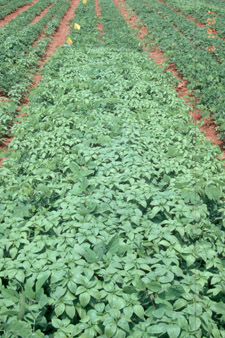 Figure 1. Hophornbeam copperleaf in peanuts, Randolph Co., Ga., 2001. (E.P. Prostko)
Figure 1. Hophornbeam copperleaf in peanuts, Randolph Co., Ga., 2001. (E.P. Prostko)Introduction
Over the past few years, hophornbeam copperleaf (Acalypha ostryifolia) has become an increasing problem in agricultural fields throughout Georgia. It is very common in several western counties including Early, Randolph, Terrell and Webster. Although it is not considered one of the most troublesome weeds of peanut in Georgia, it can often occur at densities that have the potential to reduce yields and influence harvest efficiency. Virginia copperleaf (Acalypha virginica) is another species of copperleaf found in Georgia, but it is less common than hophornbeam. Hophornbeam copperleaf is also known as three-seeded mercury.
Description
Hophornbeam copperleaf plants grow erect up to 40 inches tall. Cotyledons are round and pubescent. Older leaves are simple, alternate, egg or diamond-shaped, with serrated margins. The leaf blades are somewhat heart-shaped at the base. Male and female flowers are produced separately on the same plant (monoecious) in axillary and terminal spikes.
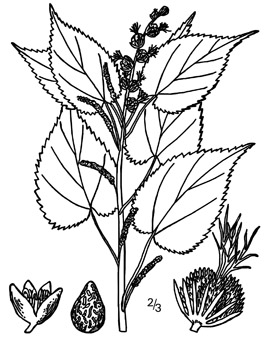 Figure 2. Hophornbeam copperleaf line drawing from USDA-NRCS PLANTS database/Britton, N.L., and A. Brown. 1913. Illustrated Flora of the Northern States and Canada, Vol. 2:257.
Figure 2. Hophornbeam copperleaf line drawing from USDA-NRCS PLANTS database/Britton, N.L., and A. Brown. 1913. Illustrated Flora of the Northern States and Canada, Vol. 2:257.Biology
Hophornbeam copperleaf is a member of the Euphorbiaceae (Spurge) plant family. Other common weeds in this family include wild poinsettia (Euphorbia heterophylla) and tropic croton (Croton glandulosus). Many members of this family exude a milky sap when crushed, but hophornbeam copperleaf does not.
Hophornbeam copperleaf is a native summer annual weed that has the potential to produce more than 12,500 seeds per plant. These seed can germinate over a wide range of conditions and do not require scarification [mechanical injury that improves water uptake and germination]. Optimum alternating day/night temperatures for germination are 86/68 degrees F. Although, hophornbeam copperleaf seed can germinate at pH levels between 5.1 and 10.9, the optimum pH for germination is 7.0.
Competition studies to determine the influence of various hophornbeam copperleaf densities on peanut yield have not been conducted.
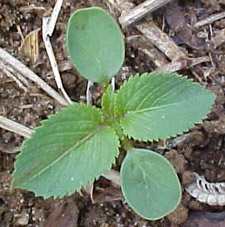 Figure 3. Two-leaf seedling of hophornbeam copperleaf. (S. Komar)
Figure 3. Two-leaf seedling of hophornbeam copperleaf. (S. Komar)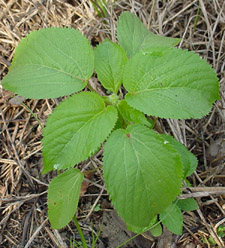 Figure 4. Young hophornbeam copperleaf plant. (E.P. Prostko)
Figure 4. Young hophornbeam copperleaf plant. (E.P. Prostko)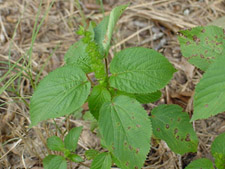 Figure 5. Flowering hophornbeam copperleaf. (E.P. Prostko)
Figure 5. Flowering hophornbeam copperleaf. (E.P. Prostko)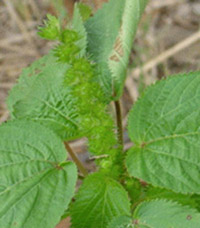 Figure 6. Close-up of terminal hophornbeam copperleaf flower. (E.P. Prostko)
Figure 6. Close-up of terminal hophornbeam copperleaf flower. (E.P. Prostko)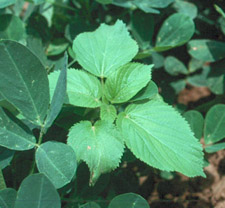 Figure 7. Close-up of hophornbeam copperleaf in peanut. (E.P. Prostko)
Figure 7. Close-up of hophornbeam copperleaf in peanut. (E.P. Prostko)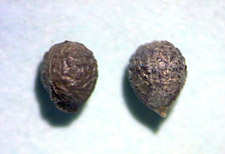 Figure 8. Hophornbeam copperleaf seed. (J.H. Brock)
Figure 8. Hophornbeam copperleaf seed. (J.H. Brock)
Control
Soil-Applied Herbicides
A preplant-incorporated or preemergence application of Strongarm (diclosulam) or preemergence application of Valor (flumioxazin), will provide good to excellent residual control of hophornbeam copperleaf (Table 1). Preemergence herbicides are most effective when followed by at least 0.5 inch of rainfall or irrigation within 7 to 10 days after application.
With extremely dense populations of copperleaf, control from these soil-applied herbicides may need to be augmented with a sequential postemergence herbicide. When using these soil applied herbicides, refer to the product label for specific rotational crop restrictions.
| Table 1. Hophornbeam copperleaf control with Strongarm and Valor applied preemergence in peanut.a | ||
| Herbicide | Rate/A | Control - %b |
| Untreated | -- | 0 |
| Strongarm 84WG | 0.45 oz | 99 |
| Valor 51WP | 3.0 oz | 98 |
| aAdapted from E.P. Prostko, 2001. bVisual control estimates 91 days after application. |
||
Postemergence Herbicides
An early-postemergence application of either Ultra Blazer (acifluorfen) or Cobra (lactofen) will provide the most effective over-the-top control of hophornbeam copperleaf in peanut (Table 2). Apply these herbicides before the weeds exceed 4 inches in height; they do not provide any residual control.
| Table 2. Hophornbeam copperleaf control with postemergence herbicides.a | ||
| Herbicideb | Rate/A | Control - %c |
| Ultra Blazer 2SCd | 16 oz | 91 |
| Cobra 2ECe | 12.5 oz | 97 |
| Basagran 4SCe | 32 oz | 1 |
| Classic 25DFf | 0.5 oz | 2 |
| Pursuit 2Lf | 4 oz | 1 |
| 2,4-DB 2SC | 8 oz | 3 |
| - | ||
| aAdapted from Horak, et al., 1998. bAll treatments were applied at the 2 to 4 leaf stage. cVisual control estimates taken 28 days after treatment. Average of 3 locations. dIncluded X-77 @ 0.25% v/v. eIncluded crop oil concentrate @ 1.25% v/v. fIncluded X-77 @ 0.25% v/v + 28% N @ 2.5% v/v. |
||
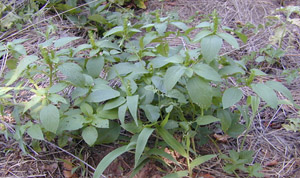 Figure 9. Flowering hophornbeam copperleaf.
Figure 9. Flowering hophornbeam copperleaf. (T.A. Baughman)
References
Horak, M.J., Z. Gao, D.E. Peterson, and L.D. Maddux. 1998. Hophornbeam copperleaf (Acalypha ostryifolia) biology and control. Weed Technology 12:515-521.
Grichar, W.J. 1997. Control of hophornbeam copperleaf (Acalypha ostryifolia Riddell) and ivyleaf morningglory (Ipomoea hederacea L. Jacq.) in peanut (Arachis hypogaea L.). Texas Journal of Agriculture and Natural Resources. 10:55-63.
Prostko, E.P. 2001. Hophornbeam copperleaf control in peanuts. Summary of field corn, peanut, and soybean weed management research. University of Georgia, Department of Crop & Soil Sciences Publication CSS-01-20.
USDA, NRCS. 2002. The PLANTS Database, Version 3.5 (http://plants.usda.gov). National Plant Data Center, Baton Rouge, LA 70874-4490 USA.
Status and Revision History
Published on Jan 05, 2005
Published on Mar 25, 2009
Published with Minor Revisions on Jan 03, 2012
Published with Full Review on Oct 19, 2017
